I’m working on a concept for an upcoming exhibition entitled “Darwin’s Bastards” that will be held at Verge Galleries on City Road in November. I’m not yet sure yet my photos will be accepted but it has been an interesting exercise to contemplate how Darwin’s theory has been modified and adapted, how it has been used and misused, and how we might transcend the theoretical application and consider the practical implications of life’s origins on our lives today.
From the vantage point of 2009 it seems that over the last hundred years humanity has journeyed through a dizzying circling of paradigm shifts (a few I will discuss below) and fear-induced retreats to pre-modern mentalities (leading to Fundamentalist paradigms embedded in ideological identities). It is time to return to the origins hence this series explores the islands where Darwin’s theory first began. Like Darwin, I was 26 years old when I set foot on the Galapagos – a group of islands that lie an hour’s flight from the mainland of Ecuador.
On arrival I immediately felt different. I looked around and wondered if Darwin too knew deep inside the significance his experience would have on his life and on the world. Not that my experience will have nearly the effect of Darwin’s but surrounded by a strange world where animals treat you as if you are one of them, something in my gut told me my experience there would be life-changing. A later book written by Darwin is called The Expression of the Emotions in Man and Animals makes me think Darwin might have had similar impressions to mine.
These photos reflect just some of such moments. It’s not just the fact that you are surrounded by sealions, iguanas, turtles, birds and insects, and it was their deep thoughts, expressions of emotions, and human-like interactions and family feuds, that brought me back to a key question of evolution: The Animal Question.
This year is the Year of Darwin. It has been 150 years since the Theory of Evolution was unleashed on the unsuspecting public, and just look at where it as taken us… a theory of life that that should have connected all life under a collective identity has backfired and out of fear and frustration Fundamentalist movements – be they religious, atheist or ideological – have escalated to levels like never before. Globablisation has placed different religions, cultures and often what are perceived as clashing world-views side by side with the threat of a “clash of civilisations” said to be waiting just around the corner.
In many circles Darwin’s theory has been denounced as just that, “a theory”, and children be they of religious, atheist or agnostic parents are presented with a choice: religion OR science. Believe in God and mystery OR evolution and life with no meaning. So I ask: what happened to the “AND”? Why is the commonality of the two so often avoided? Is it so hard to see that while religion questions “why?” science answers “how?” Are science and religion two sides to the same coin?
I can’t understand why children are rarely presented with a meta-narrative of evolution and history, and engaged to recognise the limitations and seek answers to its gaps. Instead at school we were presented with isolated segments of history “today we will learn about Ancient Sumer, and tomorrow Ancient Babylon”… what kid would not fall asleep at such a suggestion? Is it not much more interesting to draw a line on the black board and say, this is what scientists believe to be the 14 billion year history of the universe, and this little cm section here on the right is the 6000 years of history us humans have actually got a written history to support. Tell the children that we have no evidence that tells us how the first atom appeared, and that we have various dating techniques that tell us about the points in between: the age of our sun, our earth, the reign of the dinosaurs; and then go into detail on Ancient cultures from the perspective of how this has led to the evolution of human consciousness into the society, culture, education and lifestyles we take for granted as ‘normal’ today. To note that all of what we are surrounded by is but transient. It is never static, it has never stopped changing and will always continue to do so. To me this is a much more exciting way to present life, history, evolution, religion and science.
Similarly it baffles me that in religious circles children are still being encouraged to blindly accept the authoritative interpretation of holy books instead of equipping them to engage with the narrative presented – to historicise the Holy writings and theologies and look at how they developed over time. To question how religions of other civilizations might relate to theirs, how the differ and how they might enrich each other. Are they not all a historical record of different groups of humans seeking the divine answers behind life? Different conceptions of God better explained by historicizing the cultural circumstances of their mental conditioning rather than as conceiving each other’s conception as deceptions?
What completely astounds me is why so many people are fixed on the question of Does God exist? and Whose God is the True God, and that gods are false?
Why is it so rare that in the Atheist/Theist debate no body stops to ask: What per say is “God”???
From religious to atheist, everyone can see there is some kind of unexplainable energy that causes atoms to split and allows for animals to adapt. Whether or not you choose to personify this force as many religions do, or to see the force in more abstract scientific terms, or even in terms of the more detailed (and complicated) reality of quantum physics, it seems that this is a sturdy platform from which interfaith dialogue, sharing and learning can begin.
Simultaneous to the Fundamentalist movements of the 20th Century, bastardizations of Darwin’s theory have continued. It seems that as we rejected Modernity’s meta-narrative and embraced Post-Modernity’s pluralism, we lost something important: the pursuit of Truth. A meta-narrative exists and even if we will never fully know this Truth it is still a worthwhile objective. Books from the 1920s like H.G.Well’s The Outline of History and Hendrick Willem Van Loon’s The Story of Mankind – vanished from the bookshelves and instead of teaching children history in perspective of our place in the universe and its 14 billion year history, segmented units of history and science are taught as if each have no bearing on the other.
I now return to my concept for this exhibition: The Animal Question.
It is hard not to see the overlap between plants and animals (eg plants that eat flies), between mammals and birds (eg birds that don’t fly), between mammals and fish (eg whales and dolphins) and in forms of life that transform before our eyes (eg caterpillars to butterflies). Evidence for evolution, and how life came about, but what does this say about why? What does this say about the other side of life’s coin?
Anyone who, like me, believes there may be more to life than meets the eye, must really consider what this animal question actually means…
How is our consciousness different to that of animals?
If we evolved from similar roots to animals then do animals also have a soul?
If animals also have a soul, then do plants have one too?
Where can you draw the line? Or is it possible that we all share one soul?
Most importantly, what does our relationship to animals and plants and the history of the universe tell us about the purpose of our short human lives?
What part to we play in the process of creative evolution?
How can we unite in collective identity of life?
How can we move towards our individual and collective potentials of infinite creativity???!
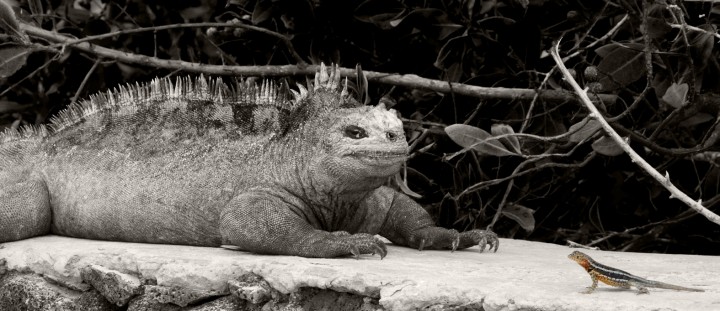
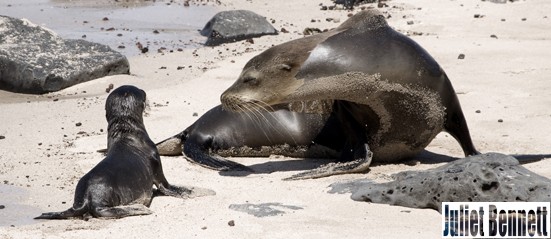
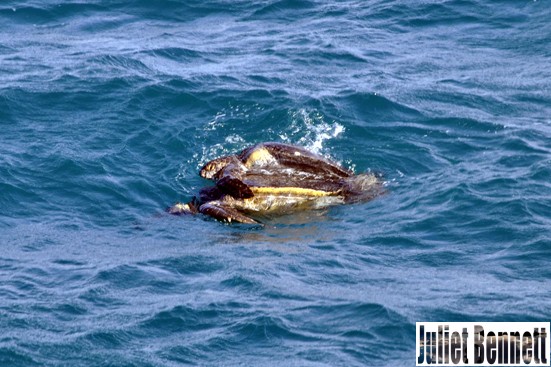
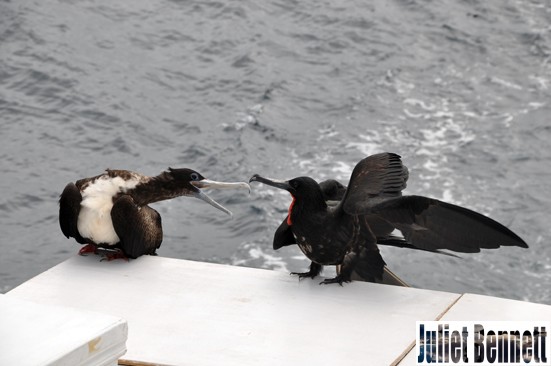
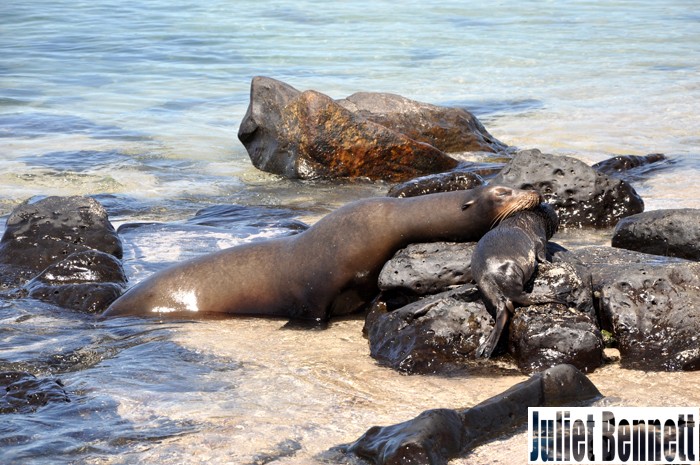
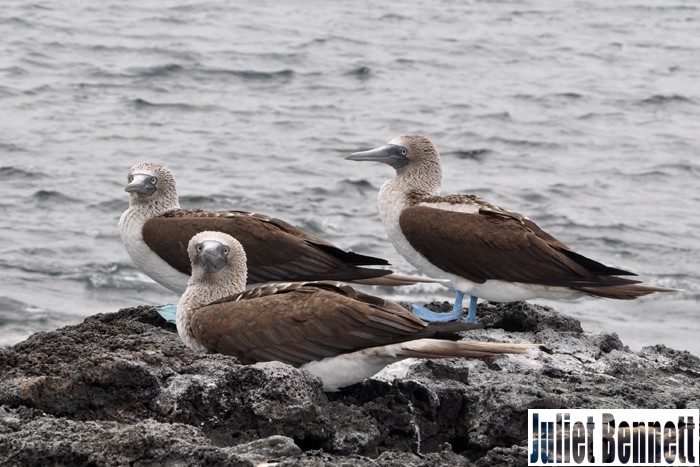
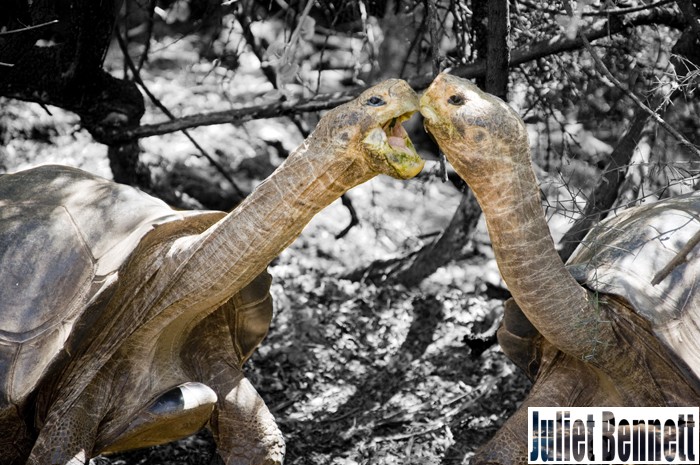
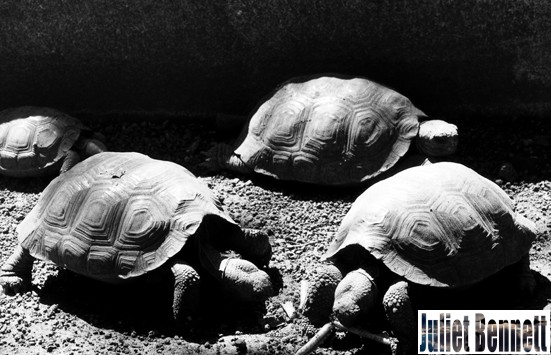
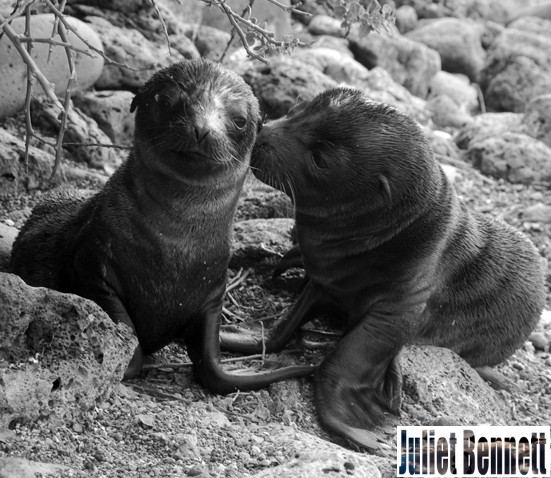
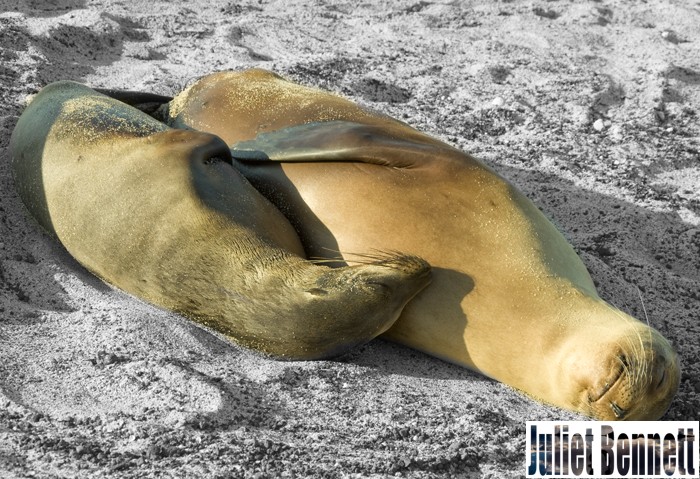
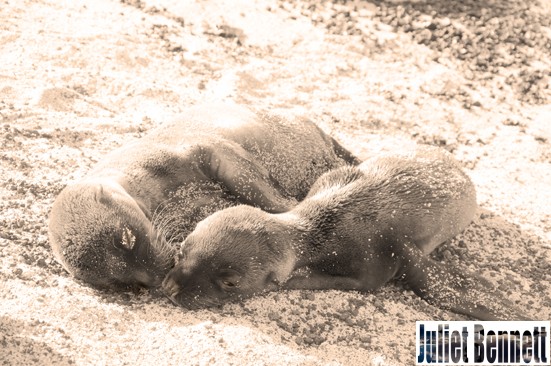
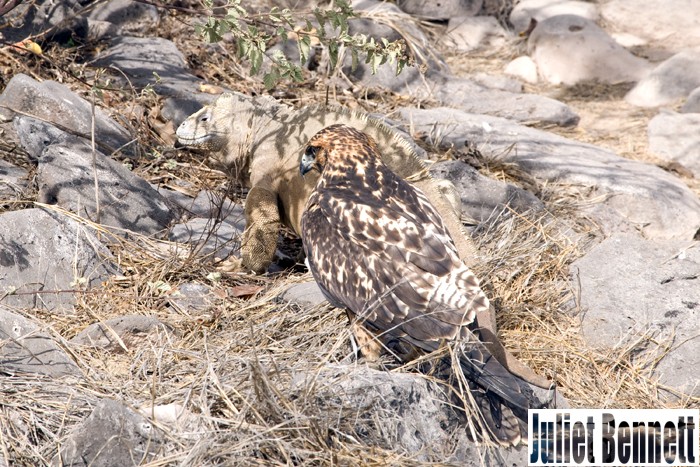
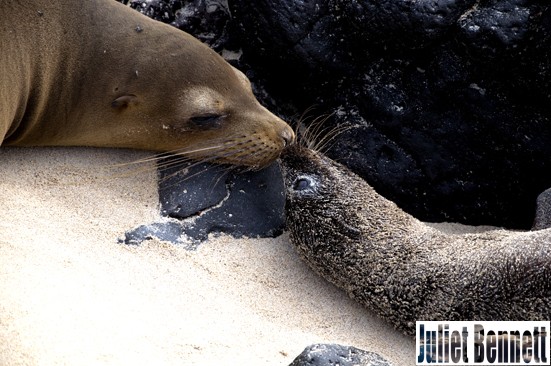
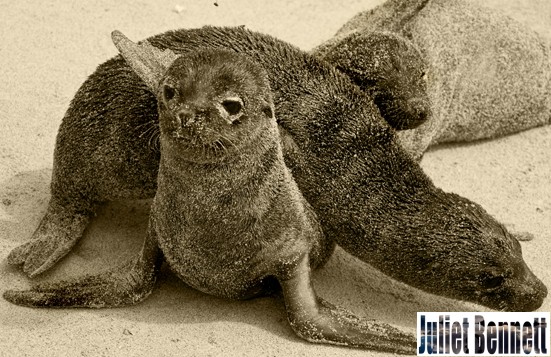


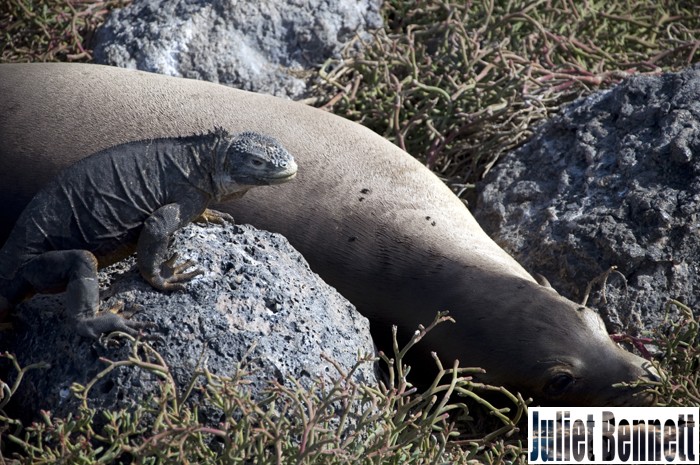
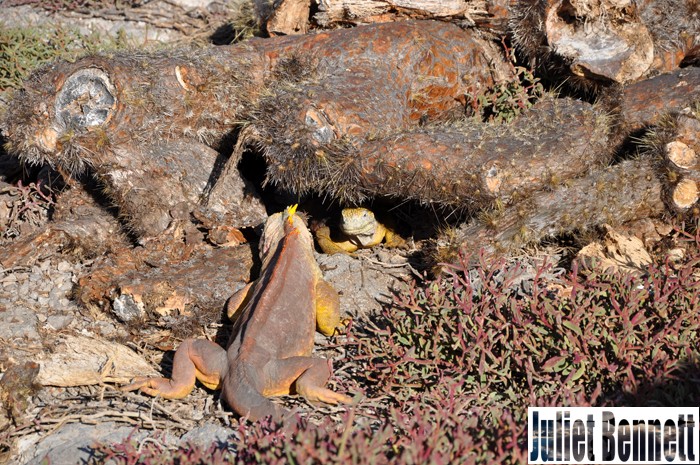

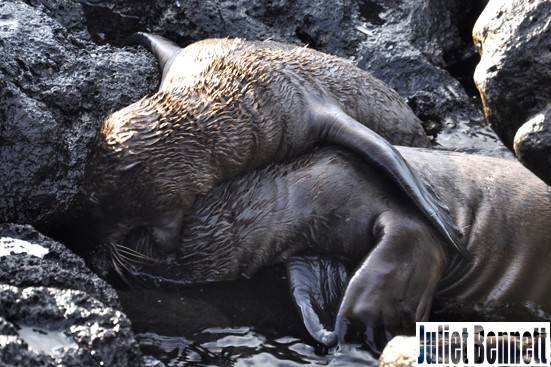
No Comments Yet